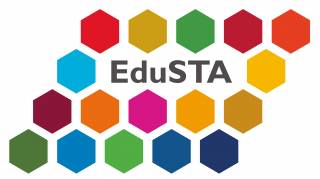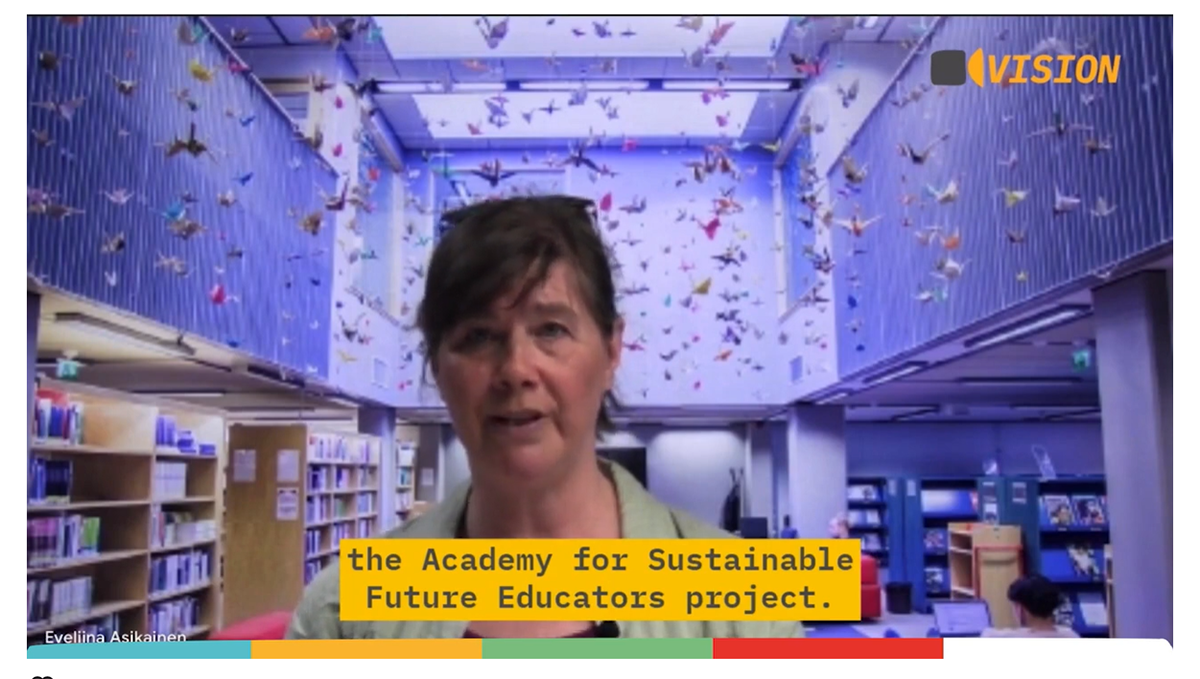LP Vision is the Learning Planet Alliance’s podcast: this is a platform for scanning the globe for innovative ways of using digital tools and technologies to create new education narratives. LP Vision’s aim is to showcase these projects via videos and by creating engaging live discussions with subject experts and educators in the field.
In exploring how technology can serve environmental education, LP Vision showcases trailblazing projects and asks: How can we go further in applying digital & tech tools to support this critical issue?
The newest LP Vision episode was opened by Mia Foulkes, the member of organisation Climate Sciences, when she introduced visual, fun, easy-to-understand online courses, whose aims are learning and assessing green skills, especially climate change and biodiversity topics. This application is easily assessable, free of charge, implemented in a creative way with really nice pictograms and available in 17 languages. The link to application on web is following: https://climatescience.org/courses.
Mia closed her speech with a positive message:
“While we do explain the science behind the problem of climate change, we would like to focus on hope and solutions, empower inspiring people to take action and help to solve climate change faster.”
After her input, Dr. Eveliina Asikainen (TAMK, Finland), the EduSTA project leader, opened her speech with the message that “teachers’ competences have been researched widely, but then gap remains with the actual work of teachers.“ She explained how the EduSTA project use technology to support environmental education:
“For assessment of the level of competences we use digital open badges, containing meta information on who issued the microcredits, what were the criteria for evaluation and so on. They are very important part of the European Union policy for lifelong learning, for giving people a chance to learn more and have their competences and learning achievements demonstrated and recognised by any institution in any European country.”
To the question of LP Vision moderator “What are the challenges of using such a new technology?”, Eveliina replied that “Digital open badges are still quite a new concept in education, I think that the problem is visible more in the concept than in the technology”.
There is lot of discussion about the micro-credentials, how big they should be to be motivating and then not to cut learning into small entities.
The last speaker in this episode was Dr. Russell J. Clark, Senior Research Scientist from the Georgia Institute of Technology, who is actually working on the project Smart See Level Sensors. The project responds to the reality that many coastal communities are experiencing and increase in flooding due to changing weather patterns and level rise.
For solving the problem, the project consortium is installing more than 100 low-costs water level monitoring sensors and developing new modelling tools that inform flood mitigation strategies.
“Educating students on local coastal flooding and using local data is not only a great science and math exercise but it also increases informed decision making on adapting to climate change-related trends. One of our activities is a creation of a curriculum for students from vocational schools using the 5E model of instruction. In this phenomena-based module, students are transported to coastline, for example to Savannah Tybee Island, to understand better how coastal flooding tides, see level rise and how is the impact of climate change on local communities”, said Clark.
To sum up this blog post, it is important to say that environmental education allows individuals to explore climate and ecological issues, engage in problem solving, and take action to improve the environment. It fosters a deeper understanding of pressing environmental challenges and equips people with the skills to make informed and responsible choices.
We believe that, beyond its basic function of gathering communities and distributing content, technology has an important role to play in promoting environmental education at all levels.
The whole episode is available on YouTube here: LP Vision Replay – YouTube.
Text: Barbora Jordánová, CZU Prague
Photo: Screenshot from the YouTube video


